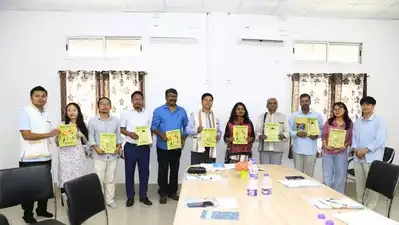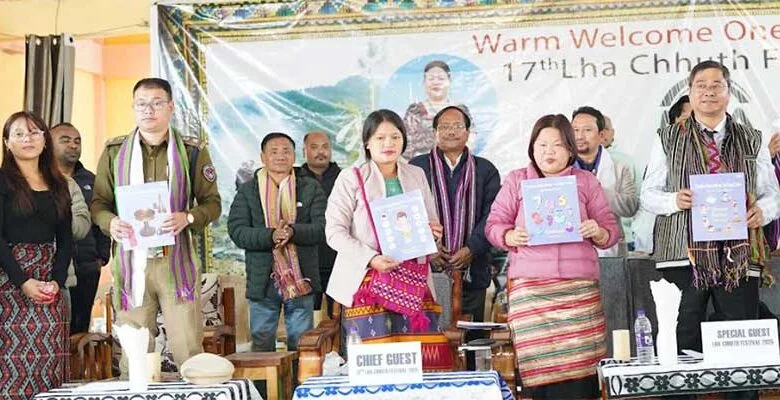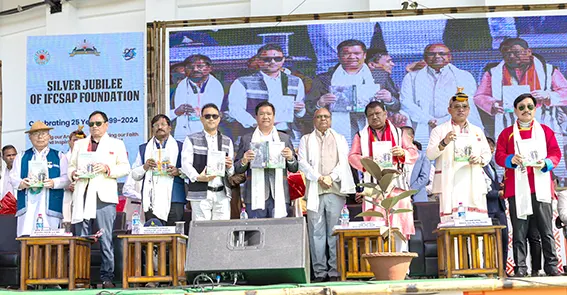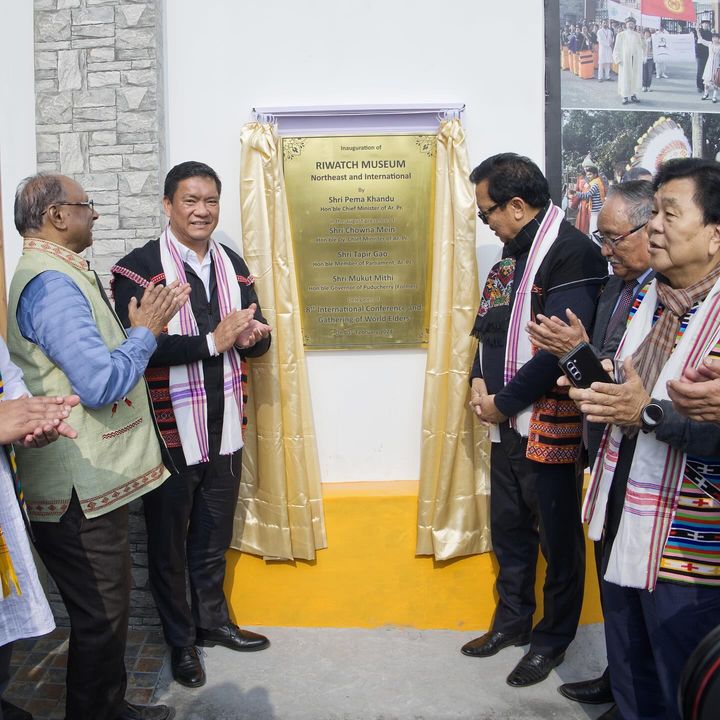RIWATCH
Research Institute of World’s Ancient Traditions Cultures and Heritage
( An Affiliate Unit of ICCS-US )









Community Initiatives
Login Here
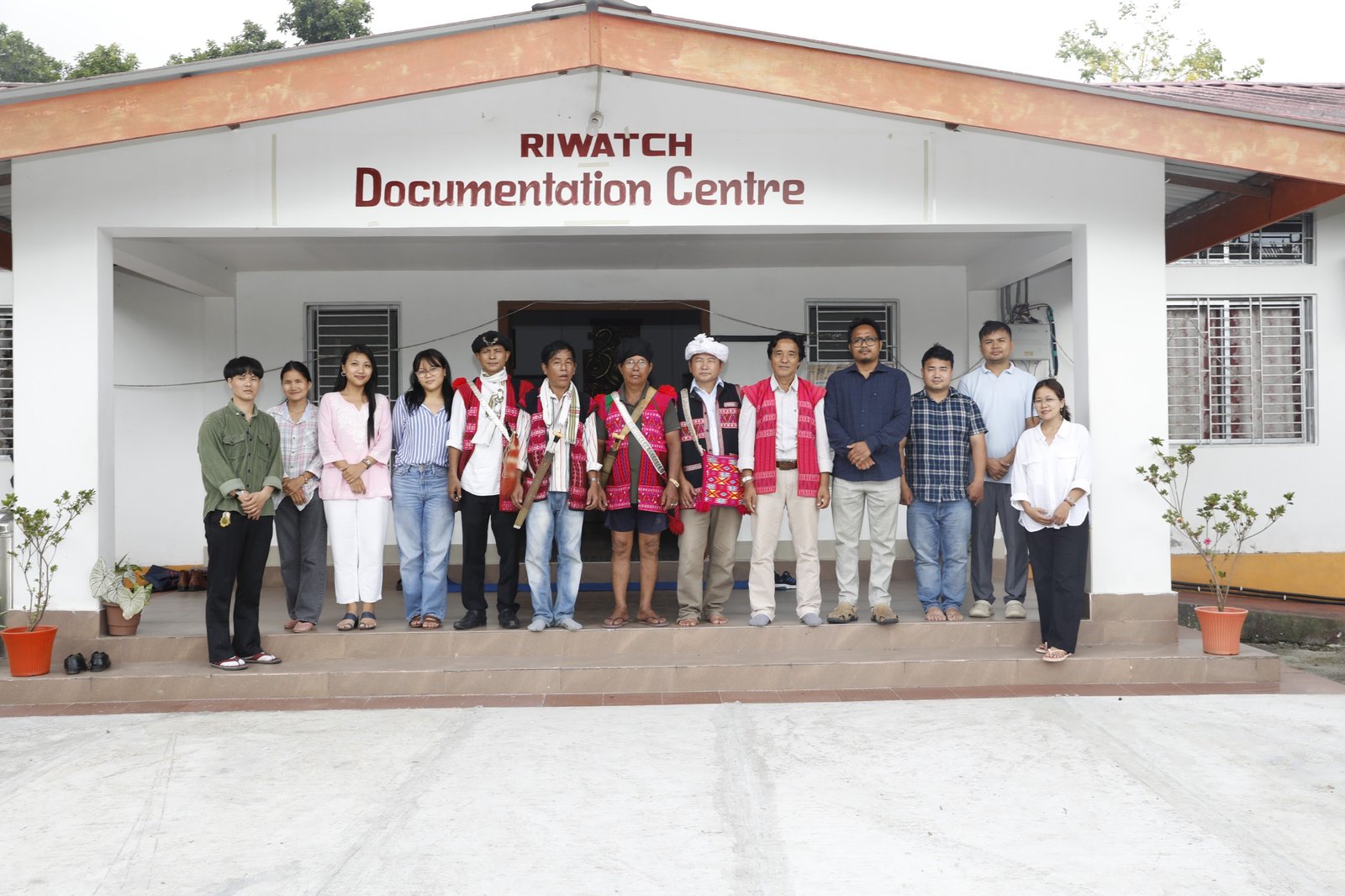
Two Days Workshop on Tawra Mishmi Language and Culture Concludes at RIWATCH
Manau Shadung of Singphos Inaugurated at RIWATCH to Promote Cultural Heritage
DoNER undersecretary inspects NEC-supported project on language development
Dasanglu Pul Released Books in Meyor Language
CM releases book on shamanism
Arunachal: Governor Inaugurates Scriptures Gallery at RIWATCH Museum
Inauguration of RIWATCH Museum Northeast and International Block
Vibrant Culture Through Sustainable Prosperity
The Research Institute. World's Ancient Tradition Cultures and Heritage(RIWATCH) is a non-profit, non-governmental, community based research organization demonstrating how cultural empowerment of ethnic communities is critical for sustainable development. The institute provides expertise and facilitation for research scholars and access to a living laboratory of ethnic value system. Active relationships are maintained with faculty of national and international repute, collaborations with international institutions like University of South Florida and above all elders of the community - the “wisdom keepers of traditional knowledge”. The institute’s Governing Body members are recognized experts in areas of education, social work, environmental science, traditional knowledge and international relations.
Contact Us
Address
RIWATCH, Khinjili, Roing, Arunachal Pradesh (India) © All rights reserved. Design And Developed By Creative Marketix


